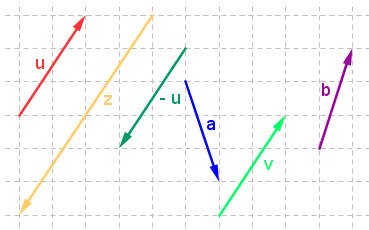How Mathematics is Used In Pixar
If you find your students asking when will they use mathematics in their life, then maybe you can answer them that they might want to be an animator or graphics artist at Pixar. 🙂 Pixar is one of the of the most popular animation studios in the world. It is the producer of Toy Story, Bug’s Life, Monsters, Finding Nemo, Brave and more.
Pixar uses a bunch of mathematics in making these animations. In the 7-minute video below, Tony Derose from Pixar explains how middle school and high school mathematics such as coordinate geometry and the concept of midpoints are used in Pixar animations. Watch the video and be amazed.
